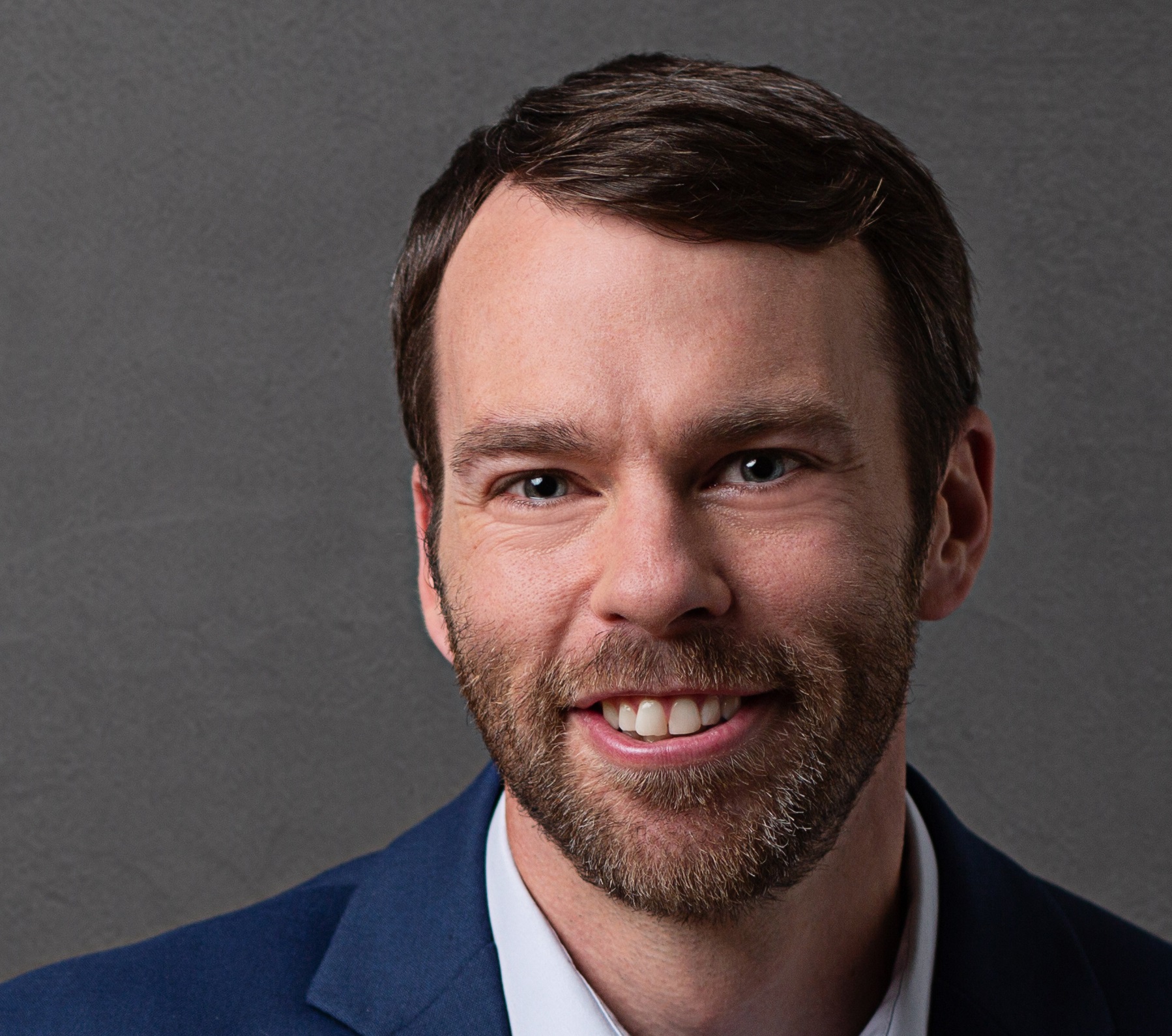3 Simple Secrets to Better Employee Experience: A PayPal Case Study
 In the last couple of years, “employee experience” has become this ubiquitous term that is a catch all for pretty much everything related to employees in the workplace. But I love getting more specific and concrete, because vague terms and theory don’t lead to better results and impact.
In the last couple of years, “employee experience” has become this ubiquitous term that is a catch all for pretty much everything related to employees in the workplace. But I love getting more specific and concrete, because vague terms and theory don’t lead to better results and impact.
Recently I had a chance to talk with Ramesh Murugan and Adella Bell from PayPal about how they design and create better employee experiences, and I came away with three actions employers must take if they want to create better experiences for their people within an agile organization.
3 Keys to Mapping the Employee Experience
“We map the employee journey and experiences that an employee has. We do things where we can really hear, learn, and better understand the employee sentiment, directly from employees. We have feedback mechanisms built in that allow us to continually evolve, and we really look at that feedback that we get on our experiences as a gift. We welcome it. We want to hear ‘what did we do’ and ‘how did it land’ and ‘how can we make it better?’”
Adella Bell, PayPal
Within that one statement we see three things that PayPal does that every organization can do as well:
- Listen.Bell, Murugan, and the People team at PayPal spend intense amounts of time gathering insights from employees using advanced tools for employee sentiment analysis and more traditional focus groups to understand what the individual journeys look like at different stages of the employee lifecycle.
- Adapt.Using that information collected from those various methods, the People team at PayPal adapts its approach to meet the needs of its people at key points where they are needed most. Maybe it’s taking leave as a new parent, getting onboarded as a new remote employee, or taking on a new role as a manager. Whatever the case, adapting the experience to be intuitive and supportive creates the best impact for the people.
- Revisit.Finally, this is an iterative process. It incorporates a feedback loop that enables PayPal to see where it hit the mark and where it missed. In Bell’s words, “We want to hear ‘what did we do’ and ‘how did it land’ and ‘how can we make it better?’” That review after the fact helps to bring about a continuous improvement mindset and leads to better results over time.
Learn More
If you want to dig deeper into the case study of how PayPal is doing this great work, check out the podcast interview below.
To learn more about IBM Talent Transformation Services:
http://ibm.biz/talentacquisition
Other episodes in this series on Talent Transformation:
- How Takeda Radically Transformed its HR Operating Model
- How to Drive Business Innovation from within HR
Learn about PayPal’s commitment to and support of global intiatives in their Impact Report: https://www.paypal.com/us/webapps/mpp/globalimpact

Ben Eubanks is the Chief Research Officer at Lighthouse Research & Advisory. He is an author, speaker, and researcher with a passion for telling stories and making complex topics easy to understand.
His latest book Talent Scarcity answers the question every business leader has asked in recent years: “Where are all the people, and how do we get them back to work?” It shares practical and strategic recruiting and retention ideas and case studies for every employer.
His first book, Artificial Intelligence for HR, is the world’s most-cited resource on AI applications for hiring, development, and employee experience.
Ben has more than 10 years of experience both as an HR/recruiting executive as well as a researcher on workplace topics. His work is practical, relevant, and valued by practitioners from F100 firms to SMB organizations across the globe.
He has spoken to tens of thousands of HR professionals across the globe and enjoys sharing about technology, talent practices, and more. His speaking credits include the SHRM Annual Conference, Seminarium International, PeopleMatters Dubai and India, and over 100 other notable events.
